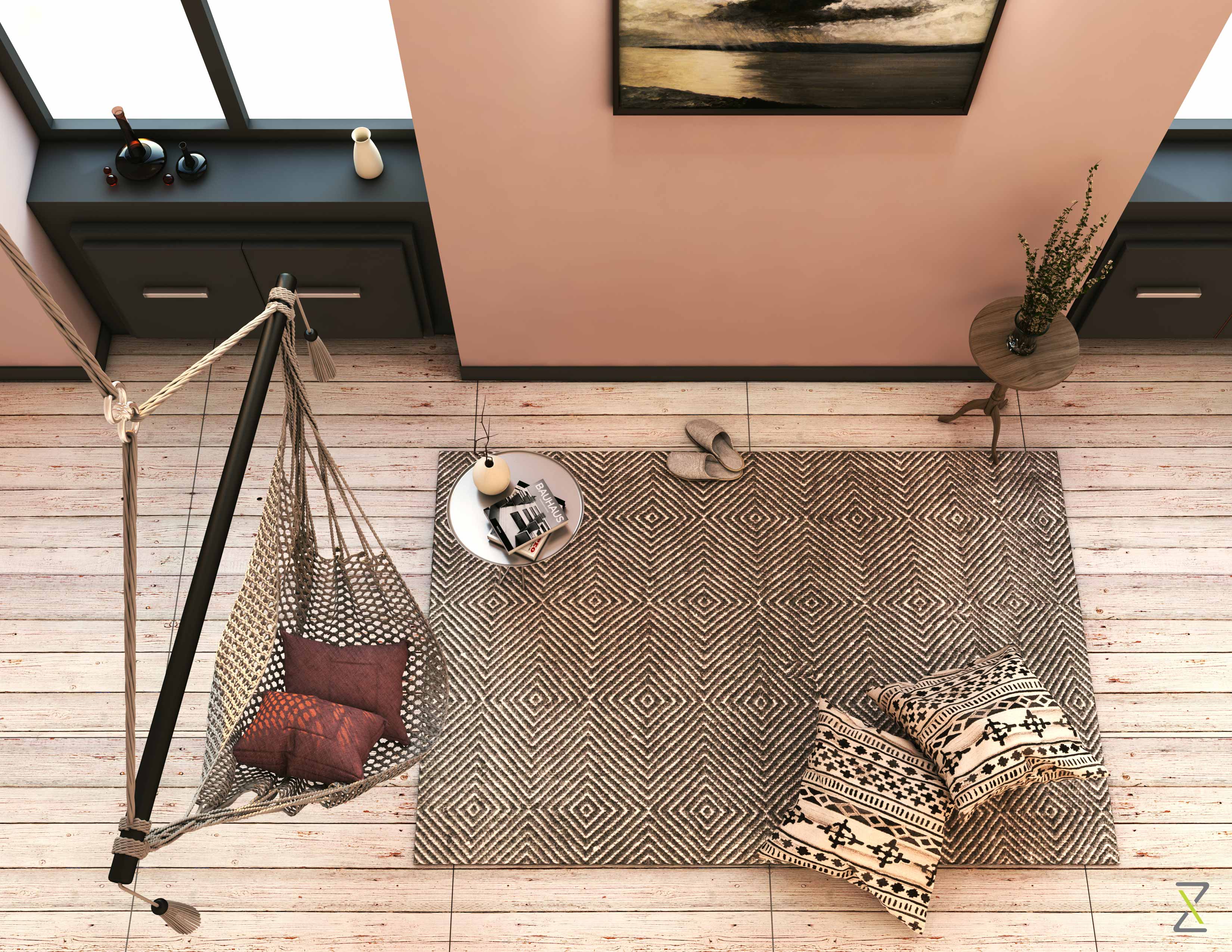Space Design
Modernism as the preferred choice of design and expression in India still has a long way to go when compared to Western countries. However, there are glimpses in our country of this transition making a gradual yet powerful impact, highlighting the beauty in simplicity, function, form and aesthetics.
Our country has pockets of areas where there is evidence of this shift, clearly indicating how this style has made its way into the Indian landscape over the years. From farm houses to urban homes and apartments, there are examples that support this delicate yet spiritual transition.
It is important to understand that more than a physical form or shape, the intention behind a design is reflective of a way of thinking – our earlier article on incorporating Japanese philosophy into the design of a space has clearly brought this out.
Zeitgeist’s Principal of Space, French-Canadian architect Dominic Dube is unequivocally representative of the Modernist style of architecture.
What is Modern Architecture?
Modernism is the single most important new style or philosophy of architecture and design of the 20th century, associated with an analytical approach to the function of buildings, a strictly rational use of (often new) materials, an openness to structural innovation and the elimination of ornament.
– architecture.com
The style is characterised by*:
- Rectangular or cubist shapes
- Minimal or no ornamentation
- Steel and or reinforced concrete
- Large windows
- Open plan
*architecture.com
For a visual understanding of modernist architecture here are 30 brilliant examples, put together by Trendir.
Modern Architecture in India
In a country like India, so vastly diverse and so deeply embedded in tradition, the Modernist style really only found its way here in any significant form when internationally renowned architect and city planner, Le Corbusier – famed for his functional designs – was invited by the Government of Punjab to design the city of Chandigarh, after India’s Independence. The photos in this blog show the exterior and interior of Palace of Assembly designed by him.

Le Corbusier’s work served as an inspiration to Indian architects in the years that followed.
This year’s Pritzker Prize winner, B.V. Doshi, worked under Le Corbusier and the Modernist’s influence can be seen in the former’s work, though Doshi went on to develop his own unique style – modern, but also reflective of his desire to design within the Indian context; against the backdrop of a country in cultural, economic and social transition.
Dominic Dube himself was employed by B.V. Doshi at the beginning of his career, while his methodology draws inspiration from that of Le Corbusier’s.
Next week we’ll be showcasing some of Dominic’s work, so do tune in!


